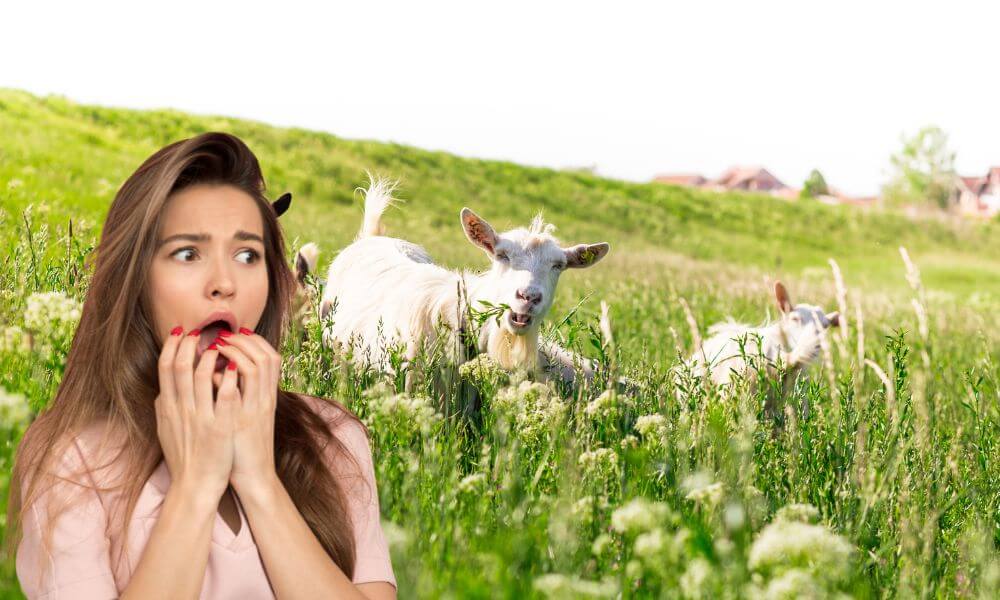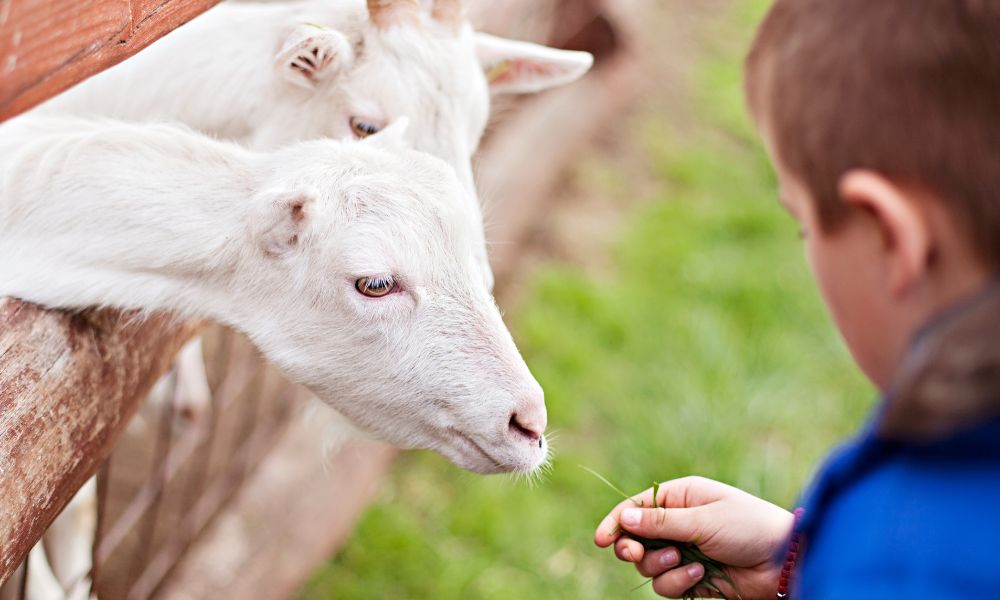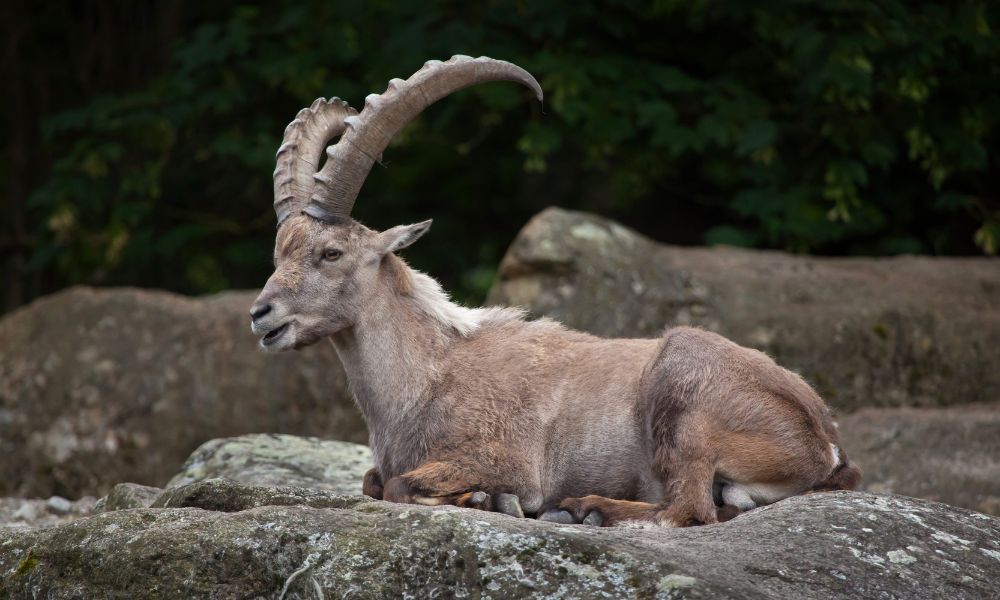Animals can be classified as at risk in a lot of different ways.
The international community classifies animal conservation status based on a scale of seven different statuses, codified by the IUCN Red List—the International Union for Conservation of Nature.
There are often surprising animals that make the endangered species list—so are goats one of them?
Let’s find out more.

Are goats going extinct?
No, they are not.
Goats, in the IUCN Red List, are listed as domesticated, and thus at practically no risk of going extinct any time soon.
The IUCN list goes as follows: least concern, for animals that are at no immediate risk of declining populations.
Conservation dependent, meaning that they are at low risk, but measures are being taken to ensure they do not become threatened.
Near threatened means they are likely to become endangered in the near future if action isn’t taken.
Vulnerable means they are at higher risk still of endangerment and extinction.
Next, an animal is actively endangered, and at risk of extinction in the wild.
Then, extinct in the wild, and extinct means no known living individuals.
As you can see, goats do not even fit anywhere on this list because they are domesticated.
The classification extinct in the wild makes the distinction between animals in captivity and in the wild.
Domestic goats are not considered to live “in captivity” in the same way that, say, zoo animals are.
Though we have goats in petting zoos, there is no active program to protect their species from population decline.

Rhinos, for instance, are critically endangered due to poaching.
Thus, individuals are maintained in captivity with an eye to eventually breeding and reintroducing populations into the wild.
Goats, as we know them today, are not even really wild animals—domestic goats are their own species, and any populations in the wild are considered feral.
Goats are one of the most widely farmed animals in the world.
So, how many exactly are there?
How many goats are there in the world?
As I mentioned, rough estimates suggest that there are around 450 million goats in the world.
The overwhelming majority of this is accounted for by domestic goats in farmed environments, particularly industrial farming environments.
China, for example, houses roughly 170 million of the global goat population.
This is virtually entirely domestic.
Wild goats exist, of course—things like ibexes and mountain goats.

These animals, by and large, are also at no real risk of extinction.
But they are not the same animal as domestic goats, strictly speaking.
In any case, neither species is at risk of extinction.
What happens to make animals go extinct, then?
What causes animals to go extinct?
There is a huge range of things that can cause animals to go extinct.
In many cases, extinction is just a natural part of the cycle of life.
Throughout Earth’s history, there have been multiple mass-extinction events that came close to wiping out all life on earth.
The asteroid impact which wiped out the dinosaurs is perhaps the most famous.
But there are other, lesser-known extinction events, like the Middle Miocene disruption.
This was caused by global cooling, which led to the growth of ice sheet volumes and forced species to retreat from places they had otherwise thrived.
In the modern age, though, the unfortunate truth is that humanity is visiting one of the greatest extinction events upon its natural cousins.
Hunting and poaching, habitat destruction, overfishing of the sea, pollution—there is no limit to how far we can drive the natural world to the brink of collapse.
We can expect to see a huge loss of biodiversity in the coming decades, but there is still hope.
We can reverse the damage we have done and prevent the extinction of more species.
Could goats ever go extinct?
So, could goats ever go extinct?
Well, of course, they could.
This, however, would require a seismic shift in human activity.
As I said, goats are the most widely farmed animal in the world, and we eat more goat meat per capita than any other animal.
Billions worldwide rely on goats for their meat and milk, so it would require virtually all of these people to shift to a different diet for goats to go completely extinct.
While this most likely will happen eventually, it will not be any time soon.
Goats will be around for a long while to come, and will not go extinct while we have a hand in it.
Goats, at the moment, are in very little danger of going extinct or even endangered, then.
There are hundreds of millions of them worldwide, and while most of these are domestic, there are plenty of wild populations, too.
Goats will be around for a long while yet, and while we may need to adapt to a changing climate in the years to come, goats will be a while getting phased out of the global human diet.
